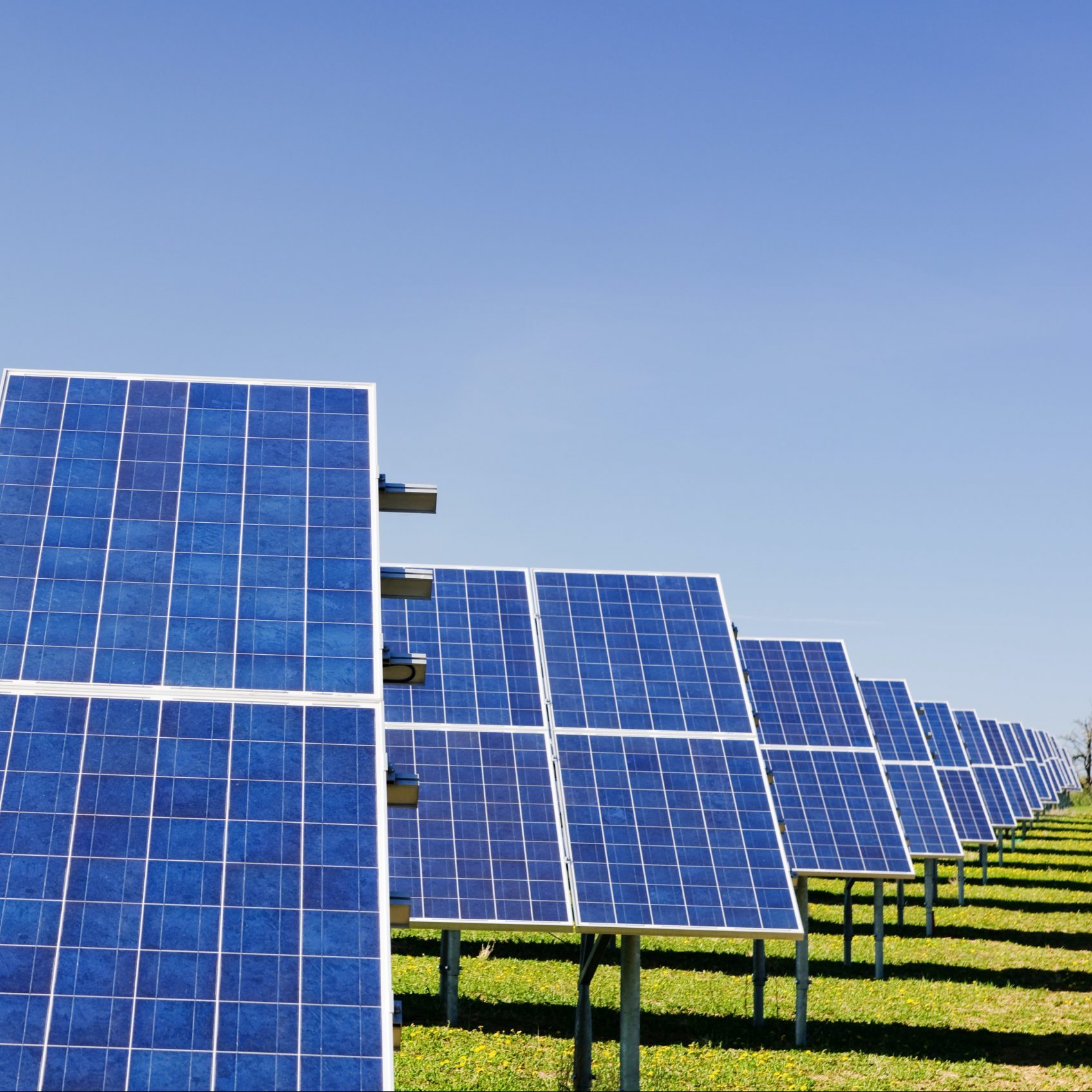
AI-generated summary
Decarbonization refers to reducing carbon dioxide (CO₂) emissions in the economy, aiming for a CO₂-free global system to ensure environmental sustainability. Key sectors responsible for greenhouse gas emissions include transportation, industry, energy, construction, and agriculture. Among these, the energy sector is crucial because its decarbonization can catalyze reductions in other sectors. Technological advancements have improved energy generation, transmission, and distribution efficiency, enabling new models like microgrids and peer-to-peer energy trading. Innovations such as data analytics, ecosystem building, digitization, and smart technologies facilitate integrating renewable energy sources like biomass gas and green hydrogen, enhancing the sector’s flexibility and environmental performance.
Renewable energy, especially wind and solar, has grown significantly, with the European Union leading efforts to phase out fossil fuels. However, global shares of wind and solar remain modest, and challenges persist, such as the intermittent nature of these energy sources. Complementary options like biofuels and biomass are necessary but costly due to logistics. According to Deloitte, the shift from coal to low-cost natural gas has reduced emissions, and wind, solar, and battery storage costs continue to decline. Decarbonization is essential not only to mitigate climate change but also to foster sustainable economic growth and a stronger commitment to environmental protection.
The decarbonisation of energy is essential so that other, more polluting sectors can also reduce CO₂
The term decarbonization literally means the reduction of carbon in the economy. What the term implies is the transition towards an economic system that sustainably reduces carbon dioxide (CO₂) emissions to the environment. The long-term goal is to create a CO₂-free global economy, with the aim of ensuring the sustainability and conservation of the planet. To achieve this goal, it is essential that we all do our bit, especially the sectors emitting the majority of greenhouse gases. In the European Union, transportation (28%), industry (26%), energy (23%), construction (13%) and agriculture (13%) are the five most polluting sectors. However, energy is perhaps the most strategic of all for achieving the final objective, since its decarbonization could enable other sectors, such as transportation, to decarbonize. And the energy sector is aware of the fundamental role it must play in leading the energy transition.
Tecnología alTechnology to the rescue of the environment
In the case of the energy sector, technological advances have made the generation, transmission and distribution of energy more efficient, and have paved the way for new models of distributed generation, such as microgrids, community solar and peer-to-peer energy trading. Indeed, infrastructure innovation is key to improving power system capacity. It must be able to provide the flexibility to integrate intermittent renewables, distributed energy resources and new fuels, such as biomass gas and green hydrogen. Technologies can also help energy industries improve their decarbonization in a variety of ways while protecting the environment:
- Leverage data analytics to gain deep customer insights and use this information to develop compelling offers that encourage more responsible consumption.
- Build ecosystems to accelerate adoption of new products and services and facilitate new communication channels.
- Pursue further digitization to reduce operating costs.
- Make necessary upgrades, such as implementing smart technologies, to handle more intermittent renewable energy connections.
Green energy for the environment
The energy industry has long been working on greater involvement of renewable sources. In fact, according to calculations by the consulting firm McKinsey, energy would be the fastest sector to decarbonize, possibly reaching net zero emissions by the mid-2040s. The European Union is the region with the best data for phasing out fossil fuels from the environment (with a 34% share of electricity generation), while the United States is almost twice as dependent on fossil fuels (63%). Wind and solar energy have developed the most over the years. However, according to the latest official data, worldwide, wind energy barely accounts for 2.18% and solar energy for 1.11%. In Spain, we have slightly higher figures: 8.85% for wind and 2.34% for solar.
How to decarbonize energy
To limit the effects of climate change on the environment, it is necessary to reduce carbon dioxide emissions associated with the energy sector. This can be achieved by using appropriate technologies and policies. Especially because the problem with renewables is that they often depend on the weather: without the sun, solar energy cannot be generated, and without wind, wind power cannot be produced. In other words, these primary sources must always be complemented with other options, such as biofuels or biomass. The problem is that they are expensive, especially because the material must be transported to a plant for treatment. As explained in Deloitte’s report, “The Decarbonization Challenge 2030: The Path to the Future of Energy,” low-cost natural gas has displaced coal, significantly reducing sectorial emissions; wind and solar are among the cheapest resources available in most areas; and battery storage costs have plummeted. Decarbonization is not only a goal in itself; it is also a necessary step that should lead to better environmental stewardship, a more sustainable outlook for the economy and a greater commitment on the part of the major players to protect the planet.
